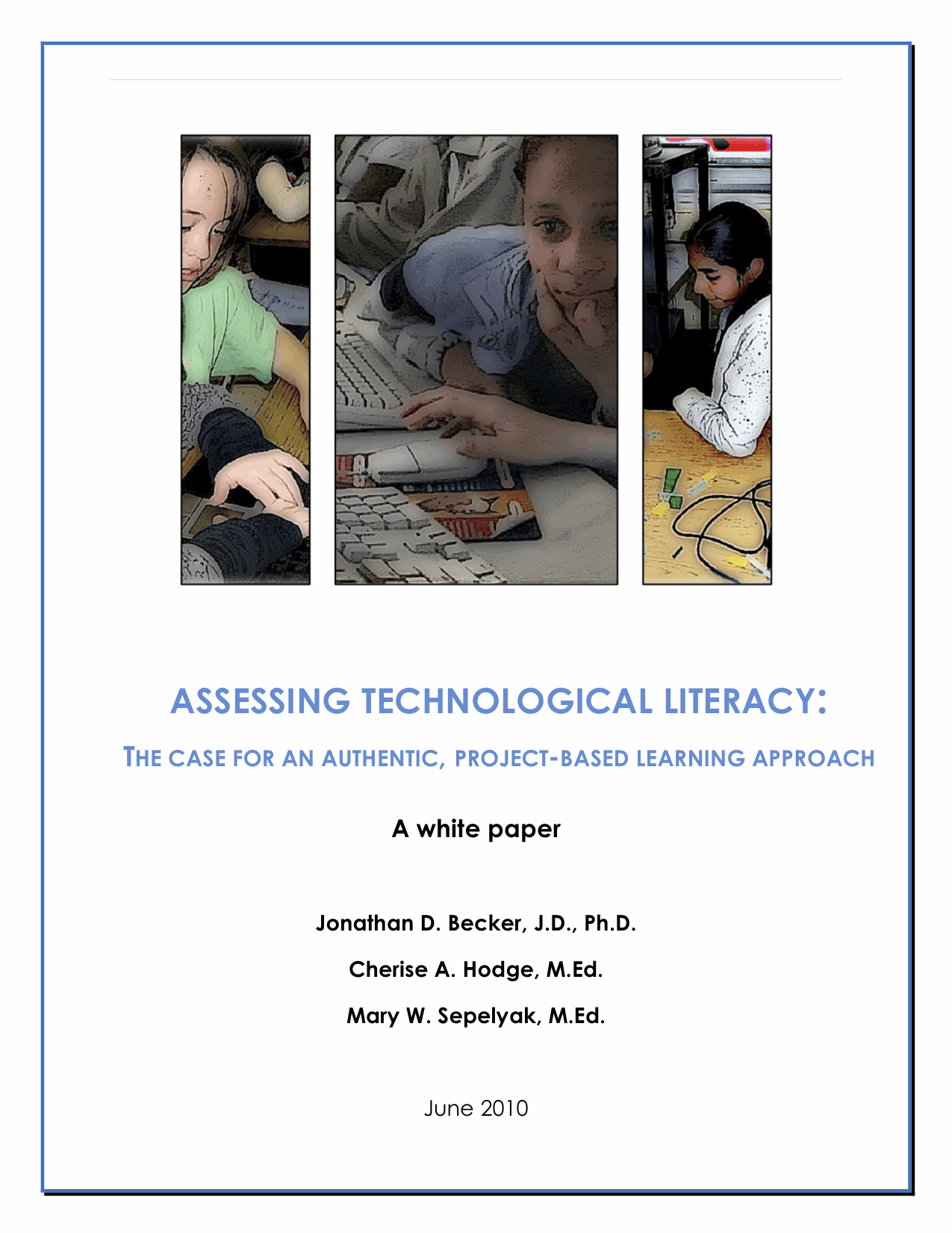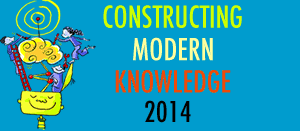The design of American education is obsolete, not meeting the needs of our students and our society, and ignores most of what we have learned about education and learning in the past century. This panel will explore a new paradigm, including some specific examples, of how education in America can be reshaped in more productive and democratic fashions. YEARLYKOS: Education Uprising / Educating for Democracy
Education is broken - it needs reform. Sound familiar? That was 2007. It is any better? Worse perhaps?
But what does this have to do with technology?
As educators find themselves re-imagining learning based on their own tech-based awakening, the sense comes quickly that this is not about new technology, access to information, 21st century skills, or even 2.0-goodness, but broader-based education reform. But just as quickly, it starts to feel like there is no hope of changing a lumbering, entrenched educational system with a tiny lever called technology.
However, we are not alone, and it would be a win-win for both tech-loving educators and education reformers to join forces. The technology and online collaboration tools being invented today could tip the balance in the effort to reshape education “in more productive and democratic fashions.” The virtual voices of students and teachers alike could finally be heard in force.
But what is school reform? What does that word mean? To me, it has nothing to do with test scores. “Progressive” is probably the label I most identify with. In my years of working with teachers and schools, my vision of reform means a continuing effort to make schools more democratic, human institution that elevate the potential of every person involved. But even those words are really meaningless; I’d probably agree with a hundred other conceptualizations of what reform is.
It’s a bit of a cop out to say that if you read this blog, or know me, you already have a notion of what i’m talking about. Sorry about that. But I’m going to ask your indulgence to skip over the definitions and go straight to the goodies.
I’d like to share some of the resources I find inspiring on this topic, things that resonate with me. Yes, it’s completely personal, so perhaps you’ll just have to try it out and see if these resources meet your needs. Here are some of my pins in my roadmap to educational reform.
Seymour Papert is called the father of educational technology, and the only one on this list who is tied to technology. But for me, his work is the tangible bridge between technology use in schools and education reform. I find his writing inspiring and a constant source of big ideas.
Alfie Kohn is a researcher, speaker and author who as Time magazine said is, “…perhaps the country’s most outspoken critic of education’s fixation on grades [and] test scores.”
Coalition of Essential Schools are based on the work of Ted Sizer, a giant of progressive education. CES schools pledge to create and sustain personalized, equitable, and intellectually challenging schools. To me, The CES Common Principals are a great place to start when thinking about “what a school could be.”
Forum for Education and Democracy, founded by a group of prominent thinkers in education, including Deborah Meier, Angela Valenzuela, Pedro Noguera, Linda Darling-Hammond, Ted and Nancy Sizer, and others.
Susan Ohanian speaks and writes about making schools better places for students and teachers. She tracks “outrages” on her website - stupid test questions, ridiculous policies and laws, lies, contradictions and half-truths.
The Education Policy Blog - a group blog “…about the ways that educational foundations can inform educational policy and practice! The blog is written by a group of people who are interested in the state of education today, and who bring to this interest a set of perspectives and tools developed in the disciplines known as the “foundations” of education: philosophy, history, curriculum theory, sociology, economics, and psychology.”
Bridging Differences blog is a running conversation between two education grande dames, Deborah Meier and Diane Ravitch. They have large areas of disagreement, but the blog is a great example of a dialog that is polite, respectful and constructive. This is a a MUST READ for any educator.
A longer list of my “go to” thinkers who feed my brain on education reform will have to wait… but I have one more -
Call to action - from the same 2007 conference on education reform where the opening quote of this blog came from.
Teachers and Teaching: Prospects for High Leverage Reform
Peter Henry (aka Mi Corazon)
Wedged between two Byzantine bureaucracies—unions and school districts, constrained by unreasonable public expectations, hammered by ideologues, criticized by the media, saddled with policies shaped by non-educators, America’s teachers have almost no room to maneuver. Their training, workplace, schedule, and assignment are mostly determined by others, and their curriculum arrives “canned” in the form of textbooks from large, well-connected corporations. In some schools, extreme instructional strategies tell them what words to say, when, and how, as if teaching can be reduced to a standard script.
There is, however, reason for hope: If teachers are liberated from these structural limitations, they have tremendous potential as “high leverage” reform agents. As Peter Senge maintains in his thoughtful classic, The Fifth Discipline, small, subtle modifications of a key organizational element can have a major systemic impact.
It goes on to call for two fundamental reforms:
- Giving teachers autonomy, power, control and authority
- Ending teacher isolation
And ends on this uplifting note:
A great and resilient society, capable of successful adaptation and change, cannot thrive with an educational system built in the 19th century—managed by top-down hierarchies, one-size-fits-all models and ruled by the cudgel of fear. Excellence is achieved through individual mastery, a collegial network awash with inquiry and creativity, undergirded by trust and tangible support from the larger community. If we want teaching excellence and the resultant development of full student potential, teachers must be lifted up, given the responsibility, authority and training which enhance their natural human abilities, and then respected for taking on this most crucial and challenging work.
Good stuff, eh? See why I don’t bother trying to come up with a definition of reform all by myself? Why not stand on the shoulders of giants.
Educators inspired by technology will see parallels in these resources with many of the thoughts expressed daily in the ed-tech segment of the edublogosphere. There is much to learn, many connections to make, and much to do.
But finally, at this time in history, we have to tools to actually make this happen. Ed-tech reformers have an important part to play… and we are not alone.
Sylvia


 Every year,
Every year, 